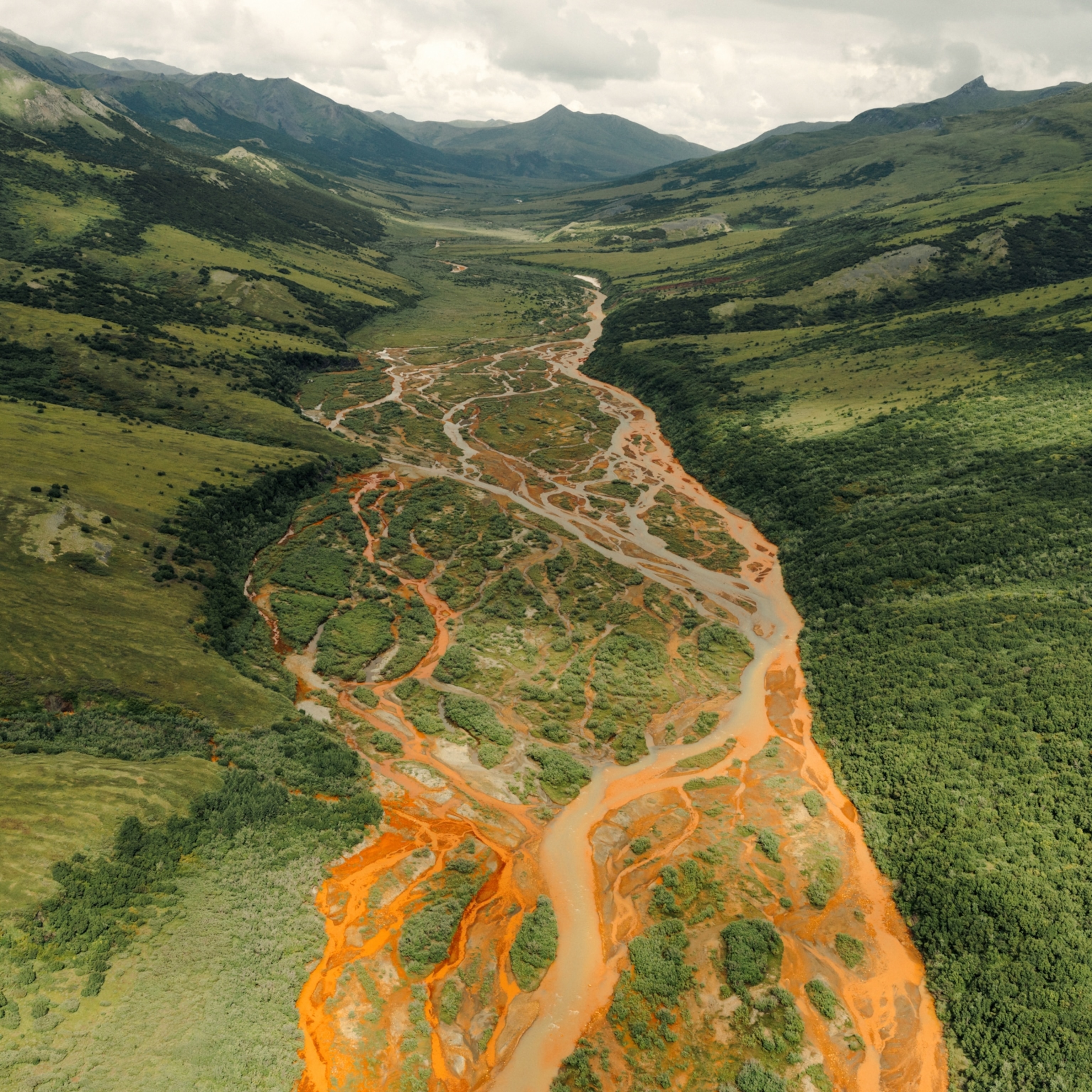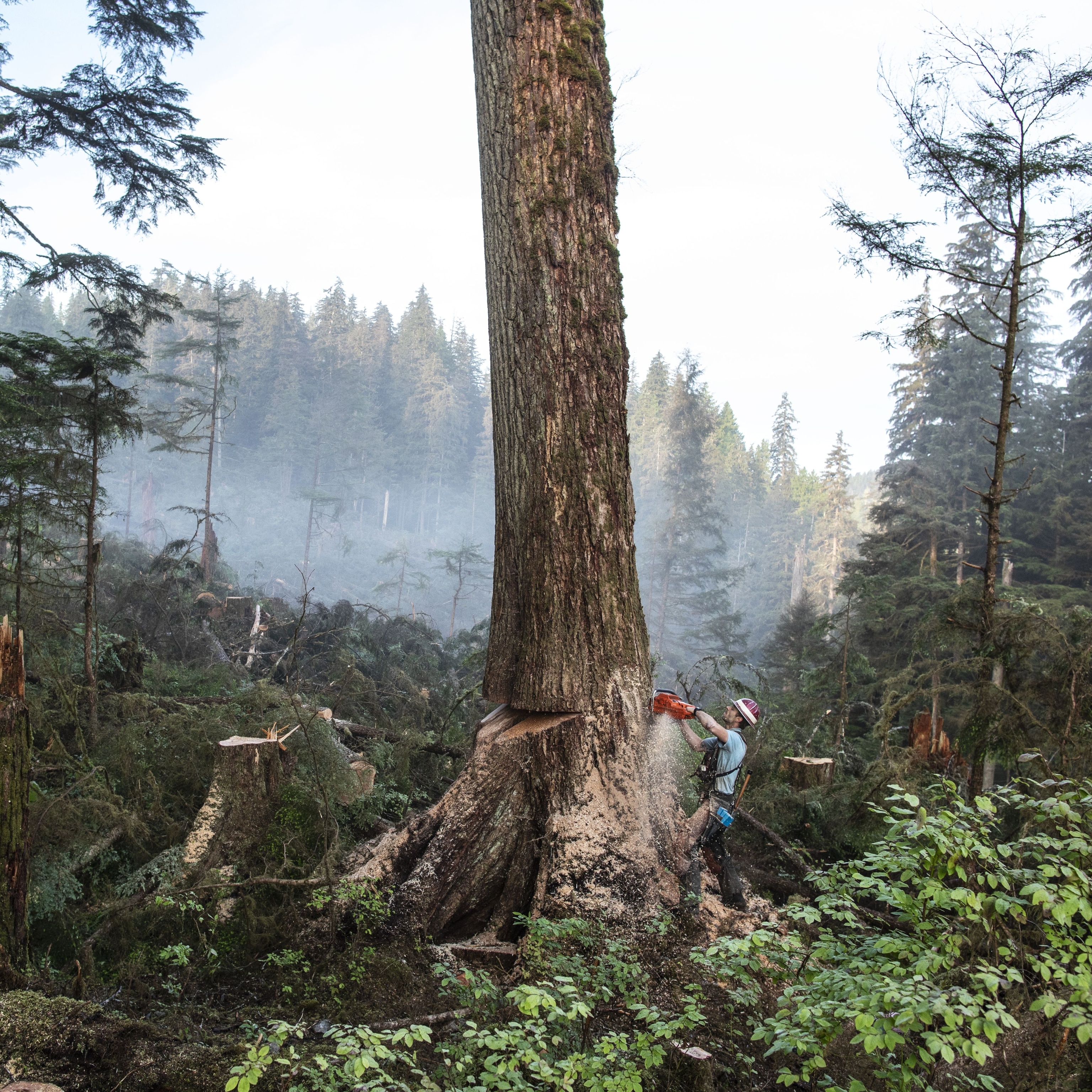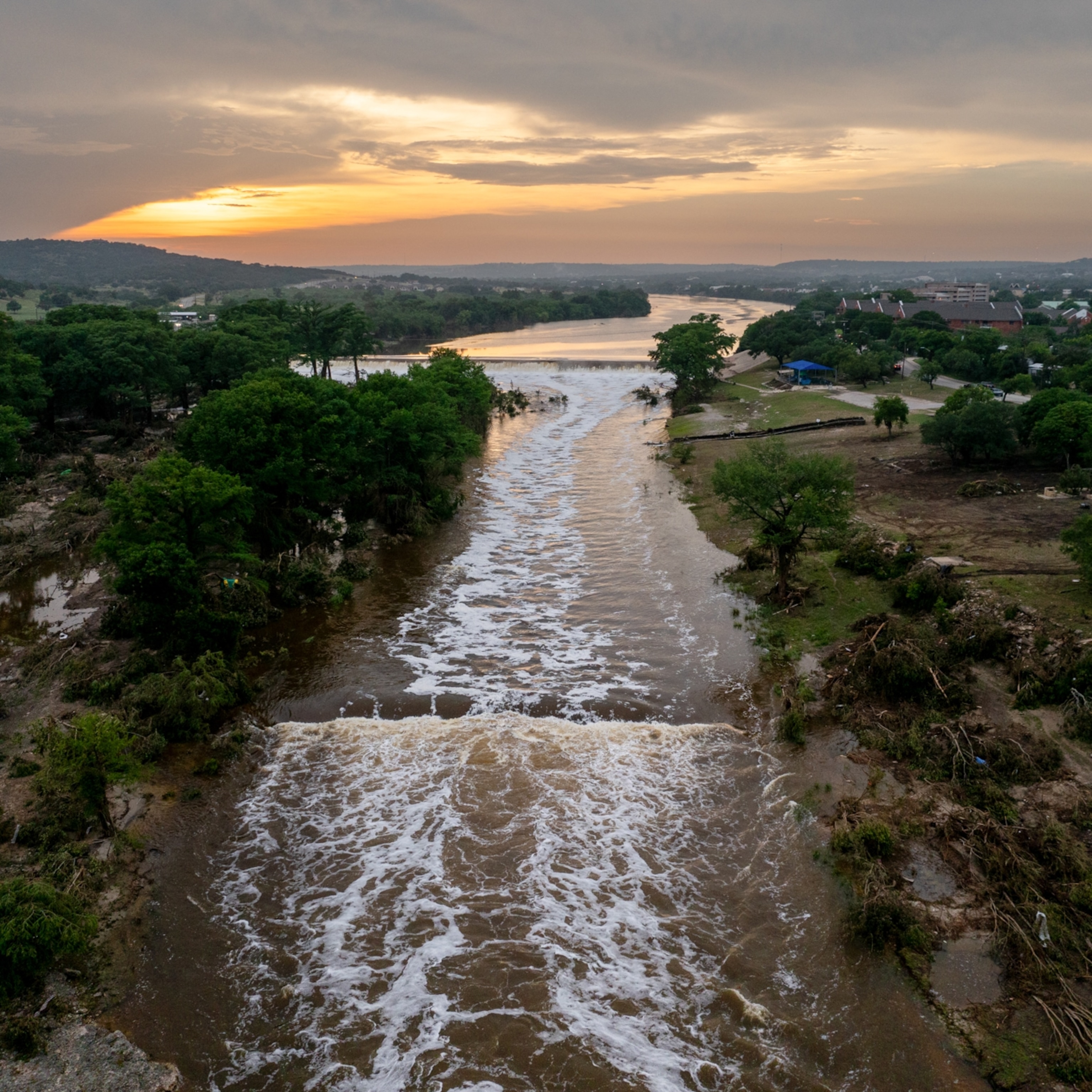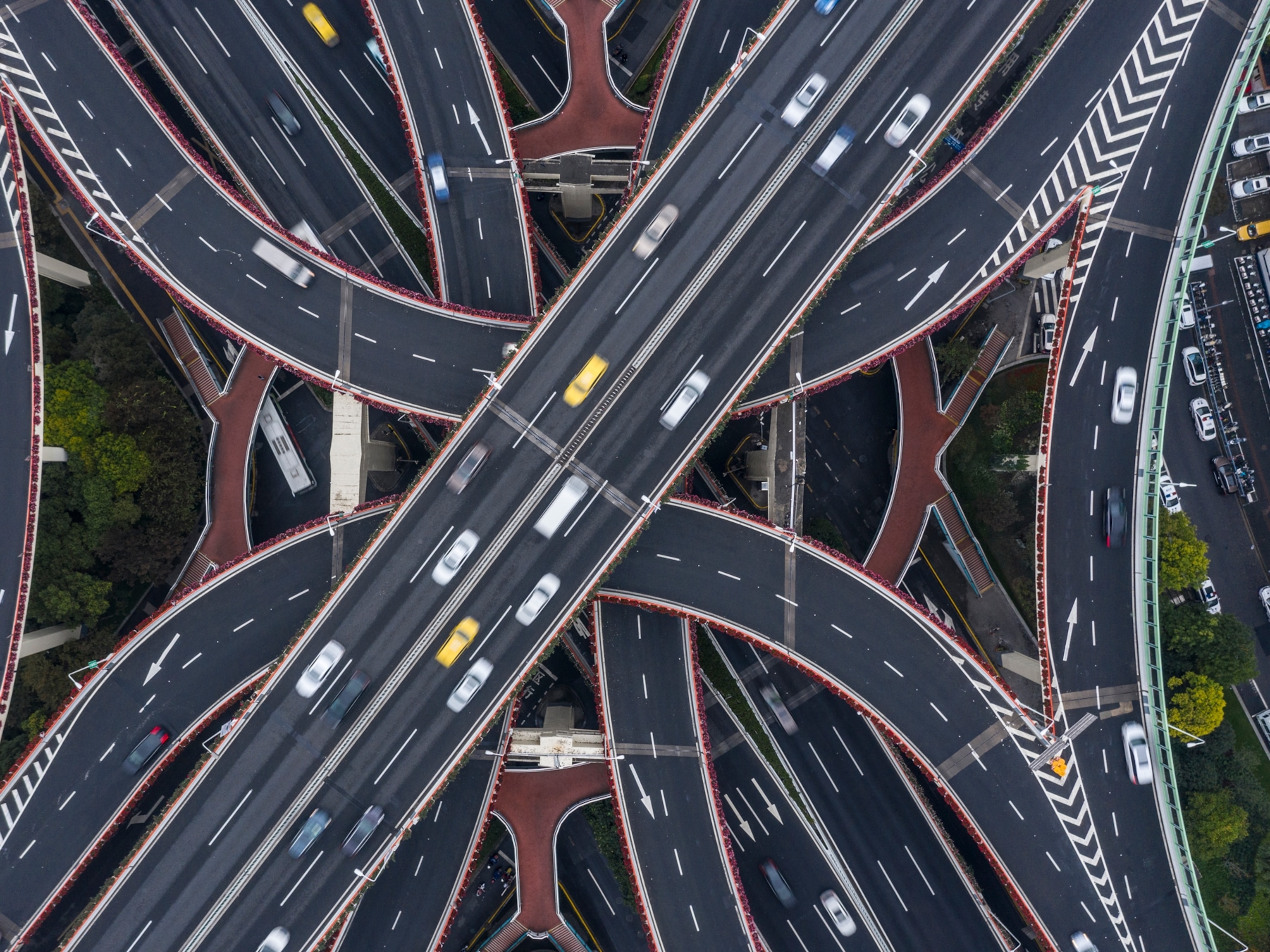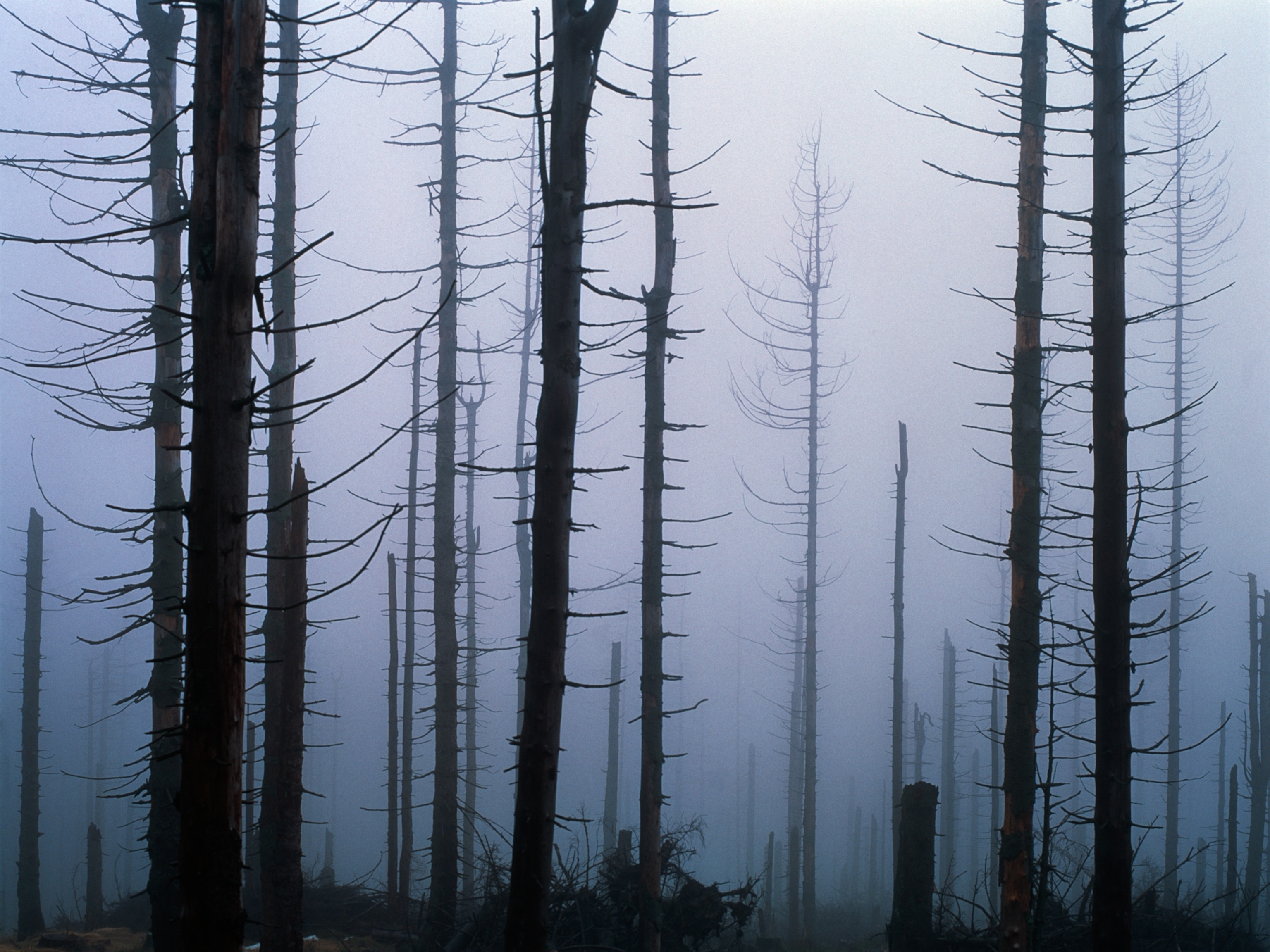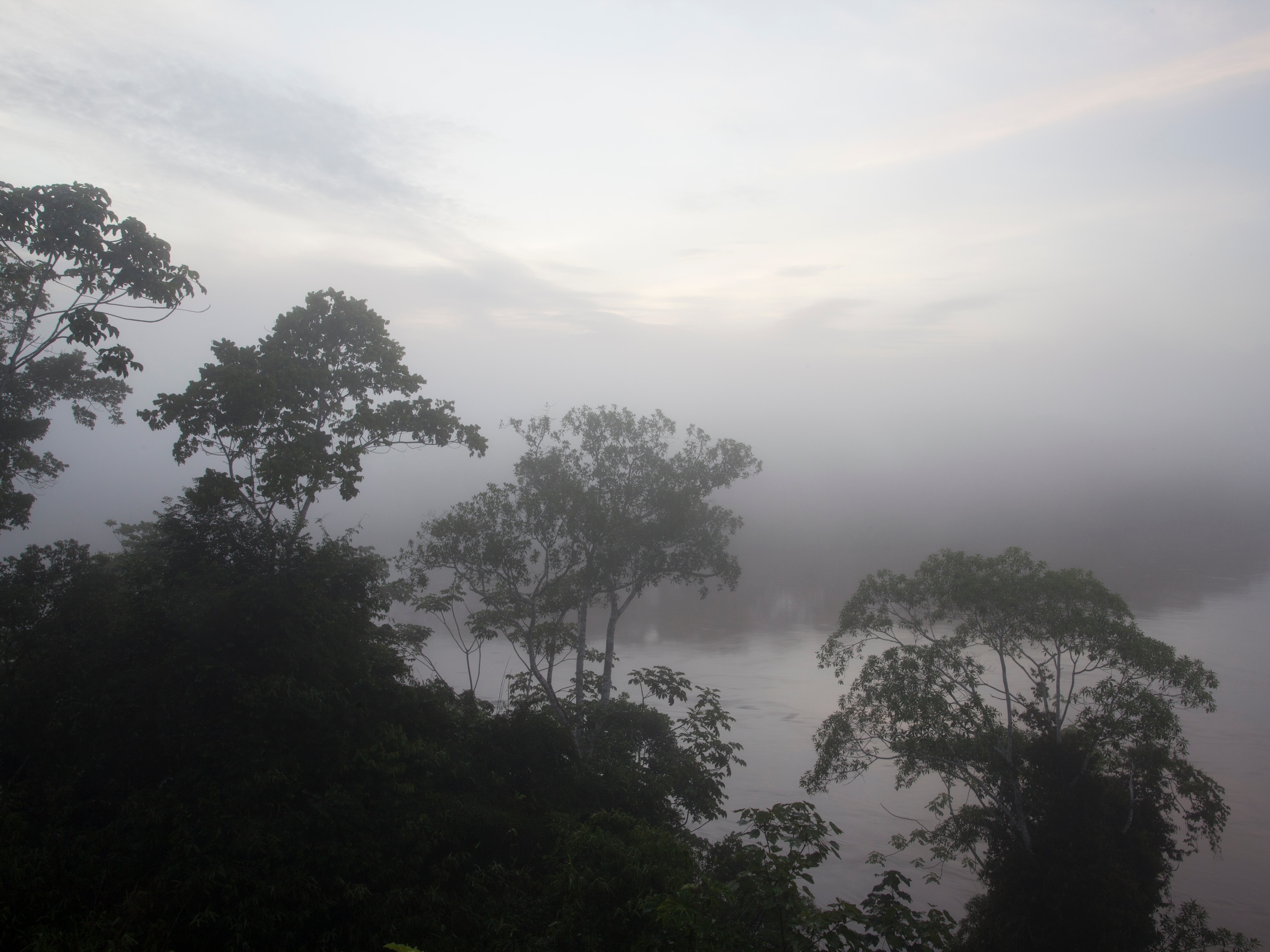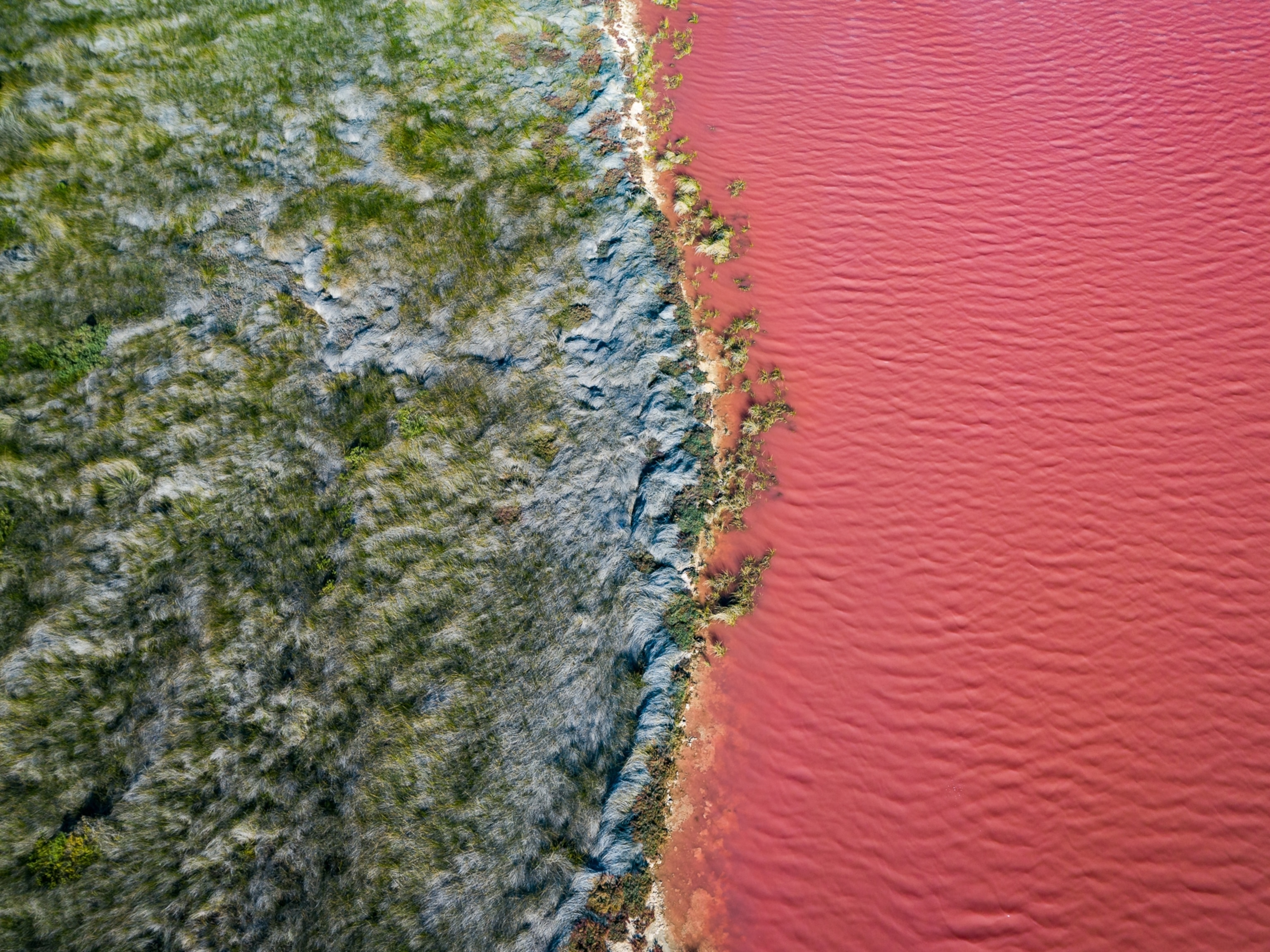The Cameroonians turning discarded fishing nets into opportunity
Sustainability is one of fashion’s most pressing issues, and luxury Italian brand Prada is taking note. The Prada Re-Nylon project is connecting with upcycling initiatives around the world to turn harmful waste - from old carpets to fishing nets - into iconic Prada pieces.
Basket in hand, Moukoko Daniel wades into the shallows of Lake Ossa in the Douala Edea landscape - a maze of mangroves, swamps, lakes and rivers 40km south of Douala, Cameroon’s largest city.
He makes for a patch of aquatic plants - an undulating carpet of green close to the shore. Pretty as they look, these tiny freshwater ferns - salvinia molesta - are threatening the survival of the lake ecosystem. And with it, the livelihoods of the communities that live here.
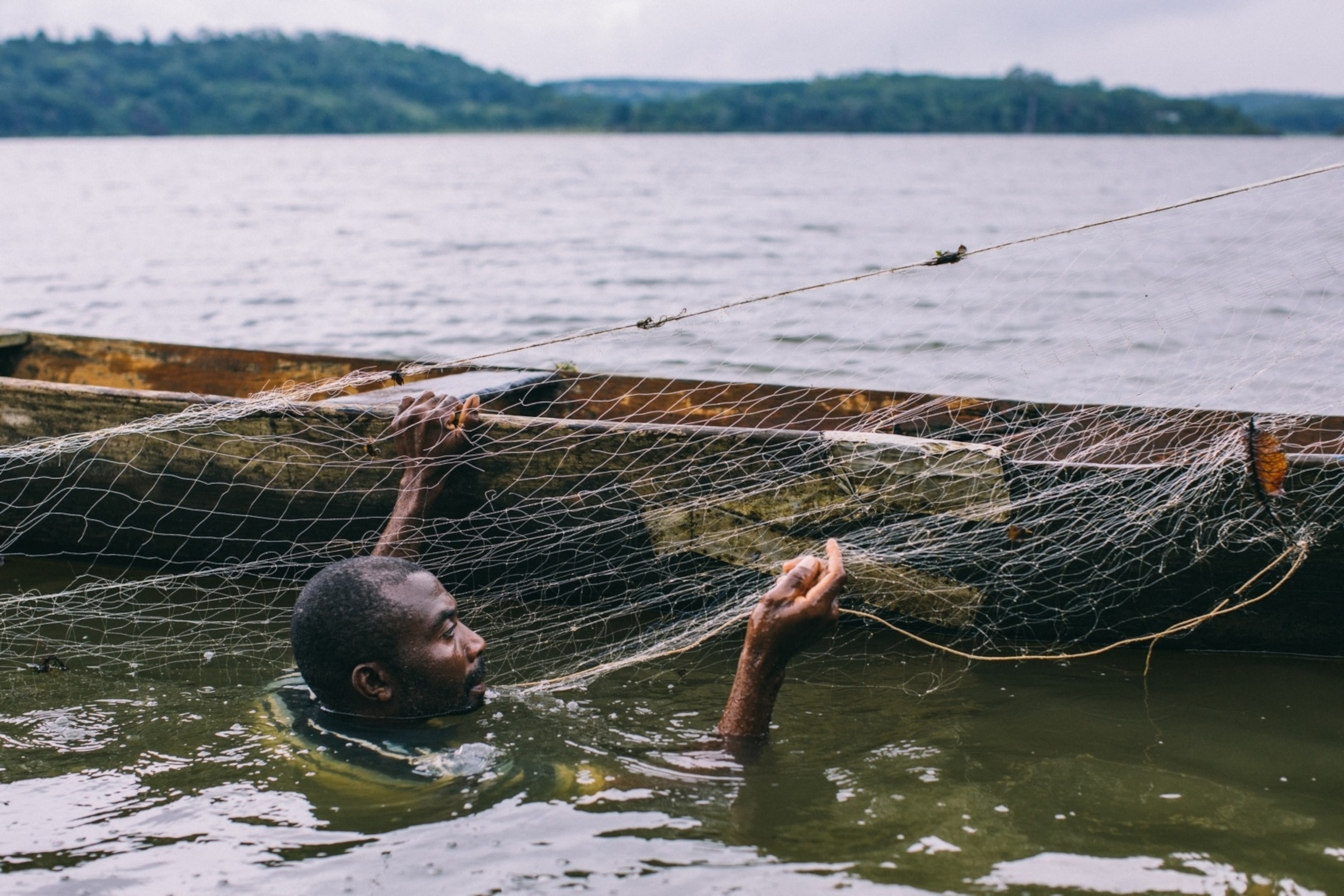
Daniel has fished these waters since he was a child, and has seen how this invasive species has changed the lake over the years. “There is more and more salvinia. It grows everywhere so the sunlight can’t get into the water. And there are fewer fish than before.”
Lake Ossa is a wildlife reserve - home to species including West African manatees, African softshell turtles, and dwarf crocodiles, all of which are classed as vulnerable on the International Union for the Conservation of Nature (IUCN) Red List. 80 per cent of households around the lake rely on it for their livelihood, mainly through fishing. Infrastructure is limited, and there is little access to healthcare, education or financial services.
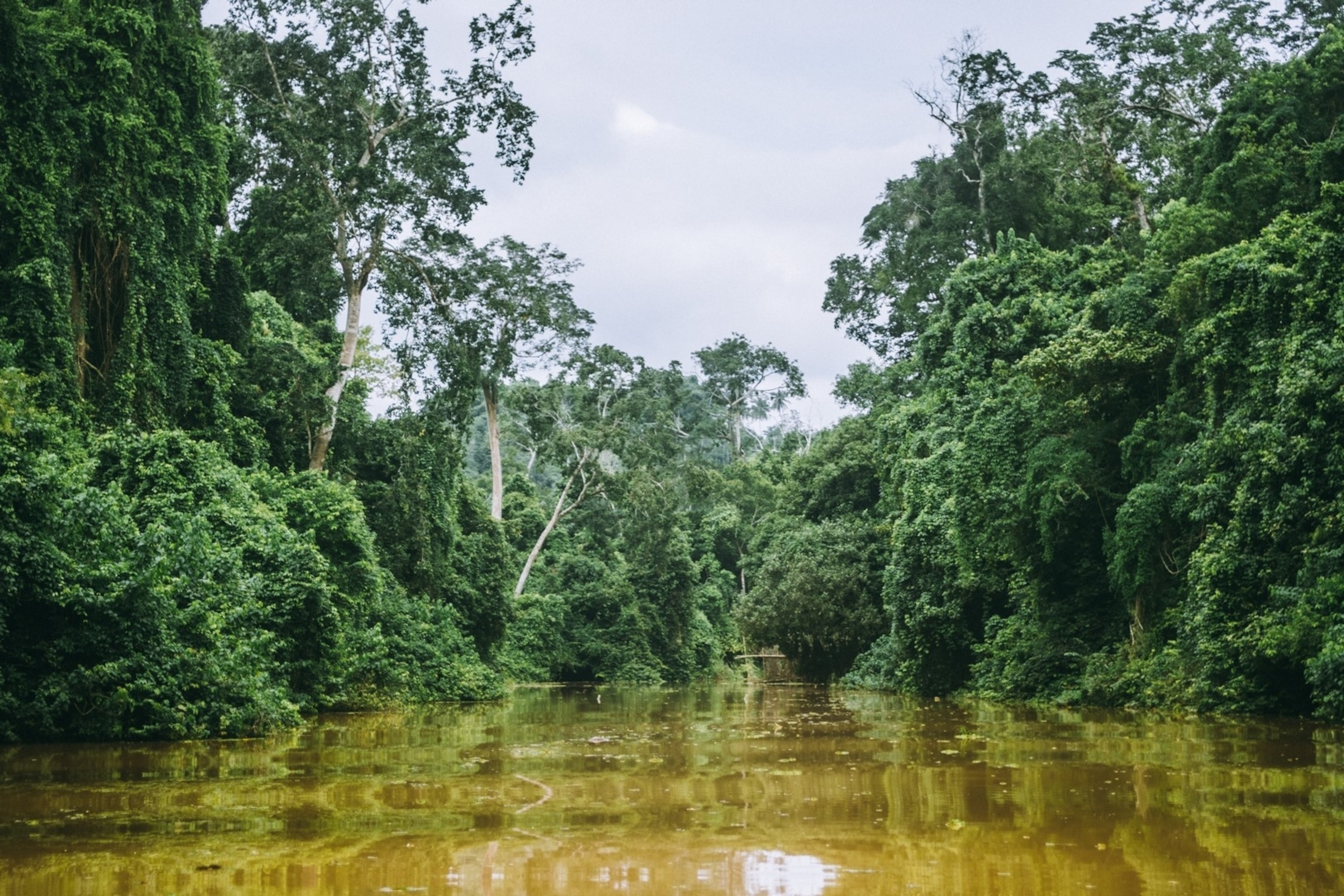
The challenges are familiar: how do local communities provide for themselves while safeguarding the health of the ecosystems they rely on? The people of Lake Ossa have found a novel way of doing so.
“We have a big problem with abandoned fishing nets,’ Daniel explains. “The nets trap fish and other species like crocodiles and they also help the salvinia to grow.” We are at a former hospital in the lakeside village of Dizangue - one of the largest settlements in the Lake Ossa area.
Families have enterprisingly taken over some wings of the hospital, but the central section is a storage facility for old fishing nets. The salvinia - an invasive species that likely arrived in the lake ecosystem from somewhere upriver - grows around the nets and is often prevented from being dispelled with the tide because the plants are hemmed in. They deprive the lake of oxygen and inadvertently trap fish.
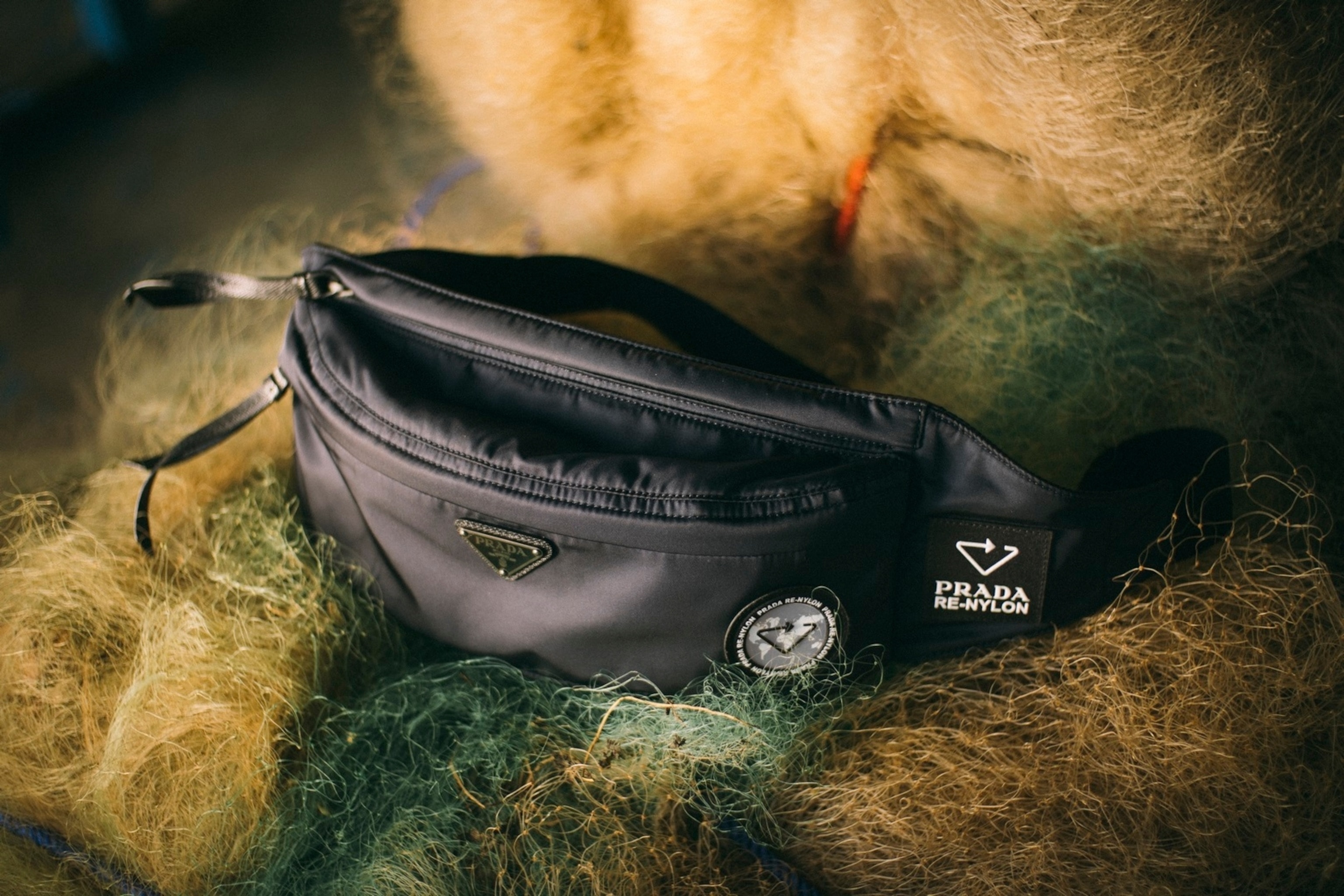

Daniel is the Net Manager with Net-Works ™, a social enterprise set up by the Zoological Society of London (ZSL) that works with 40 communities in Cameroon and the Philippines to recover discarded fishing nets from freshwater lakes and marine ecosystems. Gillnets are among the preferred fishing methods in Lake Ossa - nylon nets attached to floats are strung across a stretch of water. Fish that swim into them can get their heads through the mesh, but not their bodies - and when the try to reverse, the net catches in their gills, hence the name.
Over the years, thousands of these nets have been lost or abandoned in Lake Ossa. But with the help of Net-Works nine communities are now engaged in collecting them.

They first clean the nets, before weighing them and transferring them to the net storage facility. Daniel demonstrates how the nets are compressed into tight bales using a hand-operated mechanical baler. First, he threads rope into the main chamber so that once the net is tightly packed it can be secured. He then stuffs loose netting into the main chamber of the contraption and uses a wheel to compress it, like a vice. The bales are then stored inside the building. “So far we’ve collected more than six tonnes of nets from Lake Ossa,” Daniel explains.
The enterprise part lies in the fact that the recovered nets are actually a commodity. Net-Works has partnerships with manufacturers who are building circular supply chains that replace virgin raw materials with those extracted from waste.
“These old nets will be shipped to Europe and recycled into pristine ECONYL nylon thread by our partner Aquafil, for use in the fashion and homeware industries,” says Christian Kongte, Net-Work’s Business Development Manager. Originally from the Cameroon capital Yaounde, Christian is a qualified fisheries engineer who has been working with Net-Works since 2016. According to Kongte, Net-Works sent their first shipment containing 4 tonnes of nylon netting to Aquafil’s processing facility in Slovenia in late 2017.


The income generated through Net-Works is processed through community banks set up in each of the nine communities engaged with the project. With widespread illiteracy and innumeracy, stamps are used to denote amounts of money. Community members can borrow from the bank for things like urgent healthcare or educational needs at an agreed rate of interest. Money is set aside for social and environmental projects.
The banks are managed by women from the communities, who meet once a month to go through accounts, resplendent in boldly printed dresses and singing at the tops of their lungs. It is not a spectacle one would normally associate with a bank. Cash is kept in a box with three locks that can only be opened when the president, secretary, and treasurer are all present.
With the help of ZSL, the communities around Lake Ossa are developing sustainable ways of managing their natural resources while at the same time safeguarding the unique biodiversity from which those resources spring. The Net-Works social enterprise is an important component, empowering local people to become environmental stewards at the same time as providing alternative income sources that will help lift them out of poverty.
Says Daniel, “I don’t want my son to have to fish to survive. I want him to have the chance to go to school and be able to choose how he makes a living.”
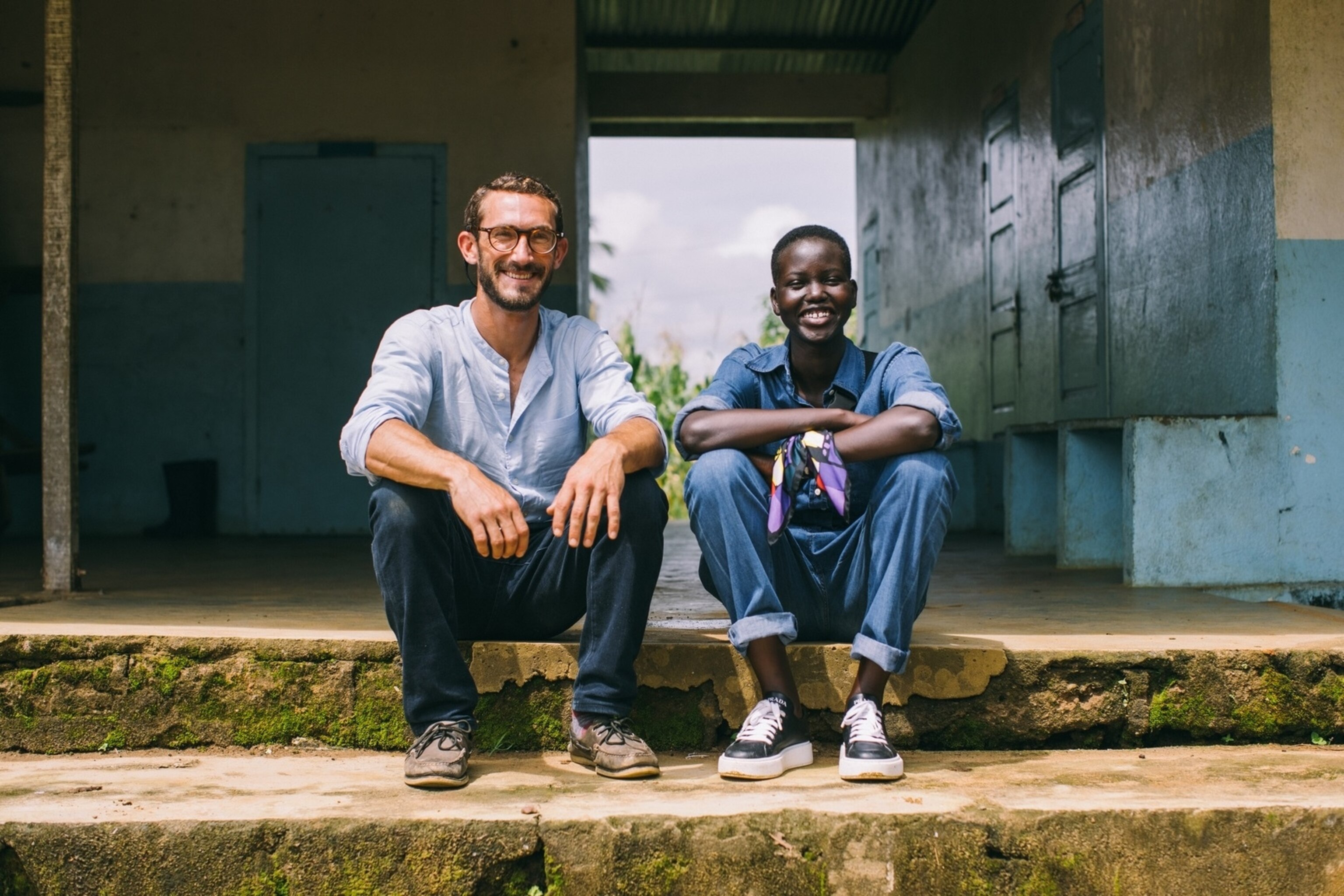
Adut Akech Bior (right): South Sudanese model Adut Akech Bior headed to Cameroon to find out how fashion can depollute our planet of plastic. Having been born into a refugee camp, Adut is now an inspiration to many in alleviating humanitarian plights.
